Your cart is currently empty!
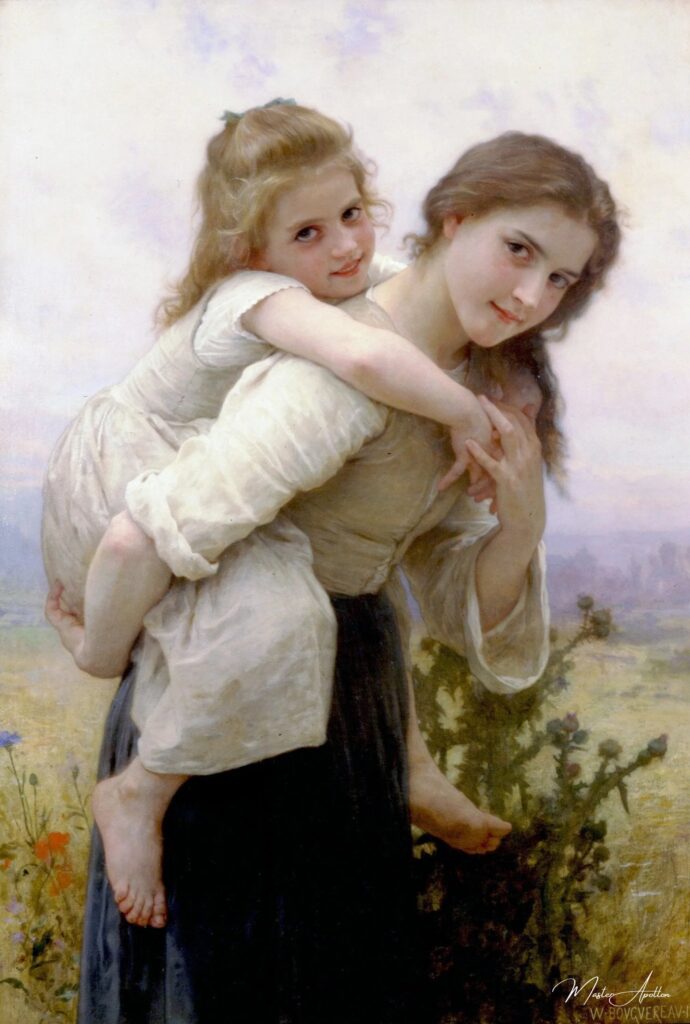
A Pleasant Burden – William Bouguereau
This oil painting reproduction of “A Pleasant Burden” by William Bouguereau is a stunning piece that captures the essence of beauty and grace. Crafted with the highest quality materials and meticulous attention to detail, this reproduction exudes elegance and sophistication.
Using a combination of traditional techniques and modern technology, skilled artisans have recreated every brushstroke…
William-Adolphe Bouguereau’s “Fardeau Agréable (Pleasant Burden)” (1895): A Study in Artistic Merit, Historical Context, and Market Reception
William-Adolphe Bouguereau, a renowned French academic painter of the 19th century, created Fardeau Agréable (Pleasant Burden) in 1895. The painting reflects his mastery of technique and his romanticized vision of rural life. With a career that spanned over five decades, Bouguereau established himself as one of the most influential and commercially successful artists of his time. Through this painting, Bouguereau exemplifies his penchant for idealized beauty and his technical prowess, all while engaging with the broader cultural and economic forces that shaped the art world during the late 19th century.
Idealization of Peasant Life
Fardeau Agréable is a testament to Bouguereau’s romanticized portrayal of rural existence, a theme that permeated much of his work. In the painting, two young sisters are depicted in a peaceful pastoral setting, one of them carrying her younger sibling on her back, hence the title “Pleasant Burden.” The scene exudes tranquility and innocence, with the children seemingly untouched by the hardships often associated with rural life. Bouguereau’s ability to render a serene and idyllic atmosphere speaks to the late 19th-century nostalgia for an idealized past, a sentiment shared by many during the rapid industrialization and modernization of Europe.
Bouguereau’s student once remarked, “Reality is charming when it borrows a gleam of poetry from the imagination,” a sentiment that the artist himself embraced fully. Fardeau Agréable is not concerned with the actual struggles of rural life; instead, it presents a vision of peasant life that is idyllic and harmonious. The painting’s subjects, most likely Bouguereau’s recurring models Yvonne and Jeanne, are presented as paragons of youthful innocence and beauty. The artist carefully removes any indication of the harsh realities of rural labor, instead offering a vision that aligns with the romanticized perceptions of the time.
The rural setting, filled with soft light and wildflowers, further emphasizes the idealization of nature and simplicity. The children are surrounded by lush greenery and a sense of calm that reinforces the theme of purity and innocence. In a rapidly changing world marked by industrialization and urbanization, paintings like Fardeau Agréable offered viewers a glimpse into a simpler, more “authentic” way of life, even if that life was more fiction than fact.
Mastery of Academic Style
One of Bouguereau’s greatest strengths, and the aspect for which he is often celebrated, is his technical virtuosity. Fardeau Agréable is a prime example of his academic rigor and meticulous attention to detail. His ability to render the human form with astonishing lifelike accuracy is particularly evident in the delicate features of the two sisters. Every curve, shadow, and texture is carefully modeled, showcasing his deep understanding of anatomy and light.
Bouguereau’s approach to painting was heavily rooted in the academic tradition, and his works were often the result of extensive preparatory drawings and studies. He relied on live models, ensuring that his figures were grounded in reality, even as they were idealized through his romanticized lens. In Fardeau Agréable, the careful delineation of the girls’ skin, the smoothness of their faces, and the soft folds of their clothing highlight Bouguereau’s commitment to precision.
The painting’s composition also reflects Bouguereau’s academic training. The figures are arranged in a harmonious, balanced composition that directs the viewer’s eye through the scene in a natural and fluid way. The older sister’s gaze gently leads the viewer toward the younger sibling, while the soft background of the rural landscape provides a tranquil setting that enhances the overall sense of calm and innocence.
Symbolism and Themes
At the heart of Fardeau Agréable is the symbolic depiction of youth and innocence. The relationship between the two sisters—likely Yvonne and Jeanne—serves as an allegory for familial love and protection. The older sister carrying her younger sibling reflects the nurturing bond that often exists between siblings, and Bouguereau emphasizes this tenderness through their gentle expressions and relaxed postures.
The wildflowers depicted in the painting also carry symbolic weight. In many of Bouguereau’s works, flowers are associated with the blossoming of youth, purity, and femininity. The inclusion of these elements in Fardeau Agréable further reinforces the romanticized theme of innocent childhood. In this sense, the painting is not merely a genre scene of rural life but a broader commentary on the virtues of youth and the simplicity of life away from the modern world’s complexities.
The Art Market and Transatlantic Taste
The success of Fardeau Agréable on the art market, particularly among American collectors, highlights Bouguereau’s widespread appeal. The painting’s provenance includes notable American art dealers like Knoedler & Co. and esteemed collector Alexander McBurney Byers, illustrating the strong demand for Bouguereau’s work in the United States. Bouguereau’s romanticized depictions of peasant life resonated with American audiences, who were captivated by his blend of technical skill and idealized beauty.
Dealers like Durand-Ruel and Goupil were instrumental in fostering Bouguereau’s popularity across the Atlantic. By the late 19th century, many American collectors were eager to acquire European art, particularly works that embodied traditional academic values. Bouguereau’s paintings, with their classical compositions, lifelike rendering, and appealing subject matter, fit this demand perfectly. As a result, works like Fardeau Agréable became highly sought-after by wealthy Americans, contributing to the formation of significant private collections in the U.S.
Art critic Clarence Cook observed this trend, noting Bouguereau’s immense popularity among American collectors, despite some criticism from more progressive art circles. Cook remarked, “Hardly any French painter can be named who is more widely popular in America than Bouguereau,” though he acknowledged that Bouguereau’s work lacked the modernity and sophistication of artists like Eugène Delacroix or Puvis de Chavannes. Nevertheless, Bouguereau’s appeal lay in his ability to provide a visually satisfying and emotionally resonant experience for his viewers, making his work highly marketable.
Critical Reception and Legacy
While Bouguereau’s technical prowess was widely admired, his work did not escape criticism. Many contemporary critics viewed his paintings as overly sentimental and disconnected from the realities of modern life. Bouguereau’s focus on idealized beauty and academic precision was seen by some as a retreat from the more experimental and socially engaged art movements of the time, such as Realism and Impressionism.
Yet, despite these critiques, Bouguereau’s influence cannot be denied. His ability to capture the beauty of the human form and his dedication to craftsmanship earned him a place as one of the leading artists of his era. Fardeau Agréable remains a significant example of Bouguereau’s skill as both a technician and a storyteller, offering a window into the artistic and cultural values of the late 19th century.
In conclusion, Fardeau Agréable stands as a quintessential example of William-Adolphe Bouguereau’s mastery of academic painting, his romanticized view of rural life, and his appeal to a transatlantic market. Through its idealized depiction of youth, beauty, and innocence, the painting offers both a nostalgic escape from modernity and a reflection of the broader cultural currents of the time.
William Bouguereau
William-Adolphe Bouguereau was a renowned French academic painter, celebrated for his exceptional skill in realistic depictions of the human figure, particularly in his portrayals of the female nude. His mastery of light, texture, and anatomical precision earned him widespread acclaim during his lifetime, making him one of the leading figures of 19th-century academic art.
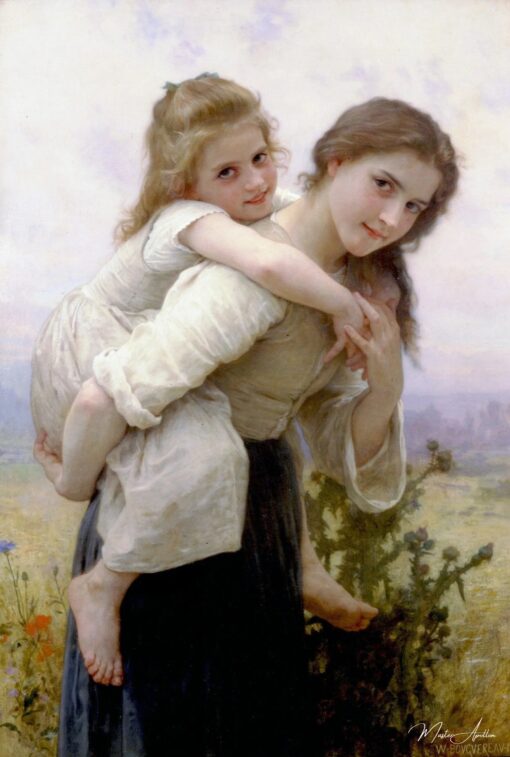
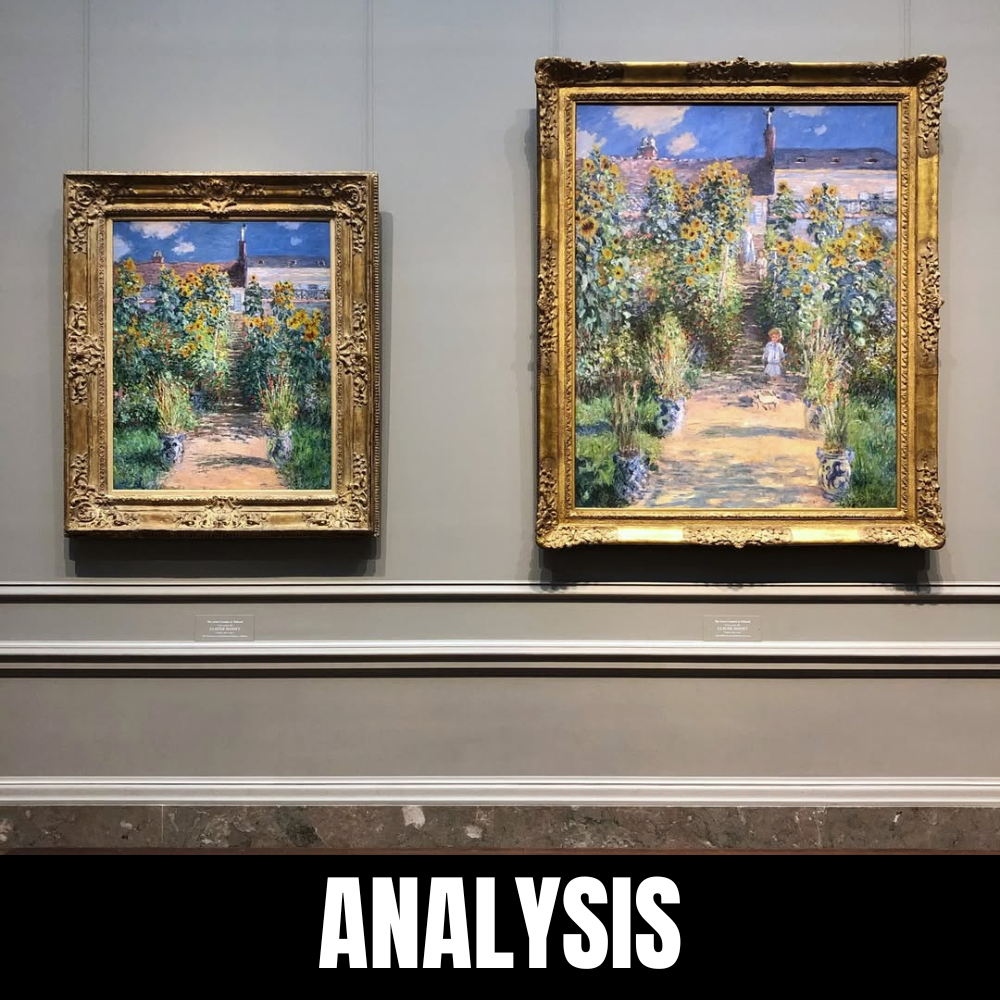
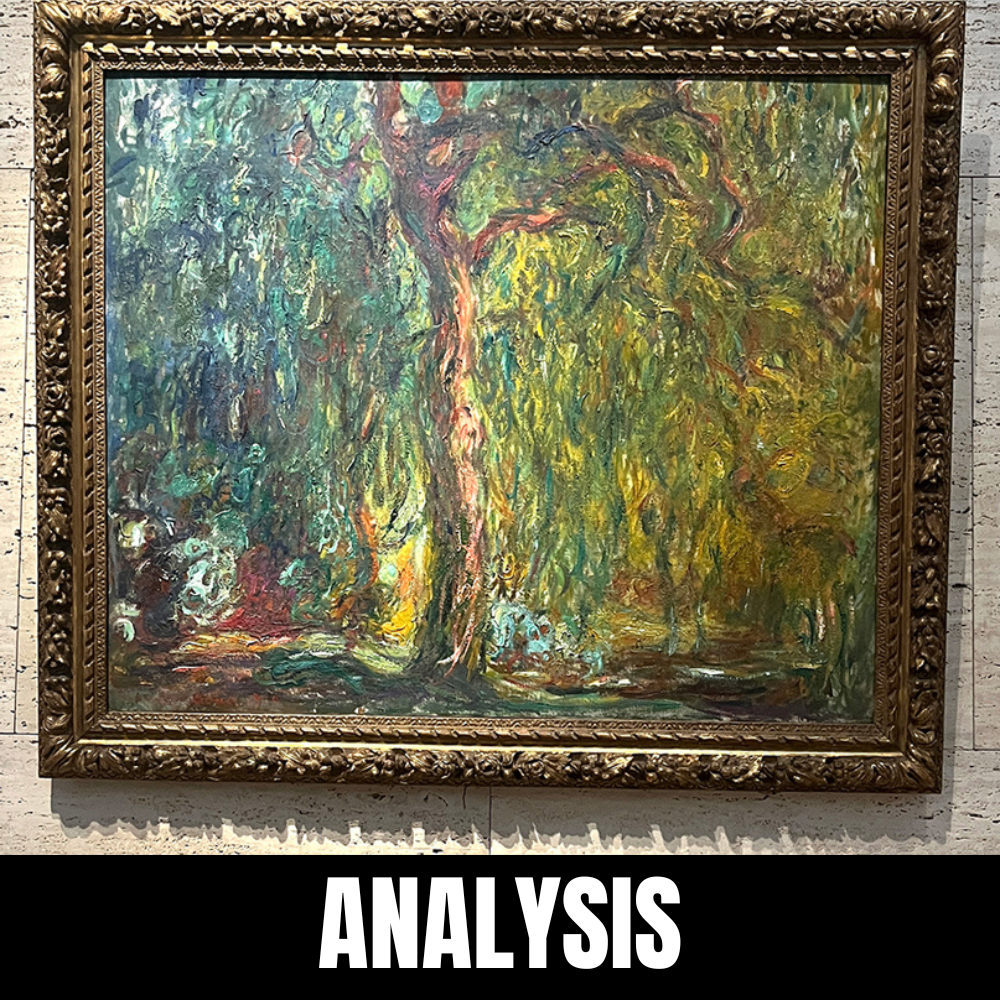
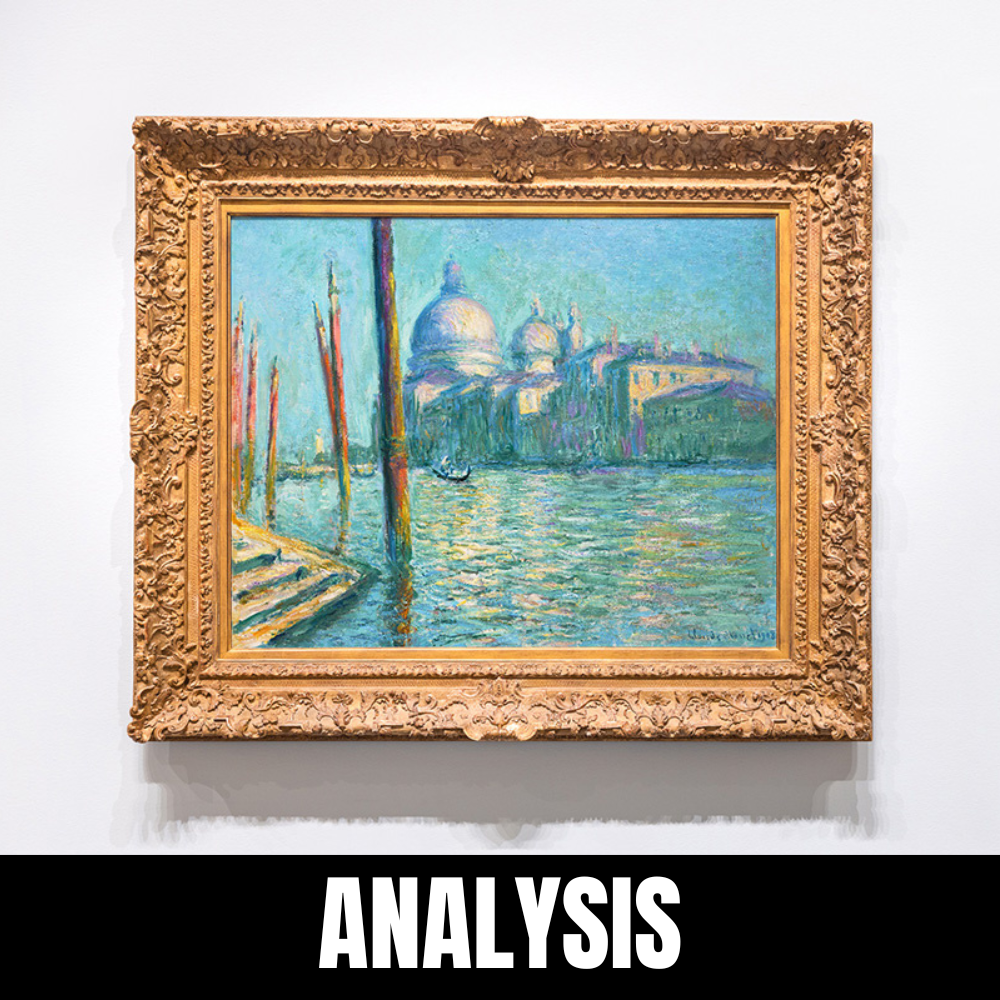
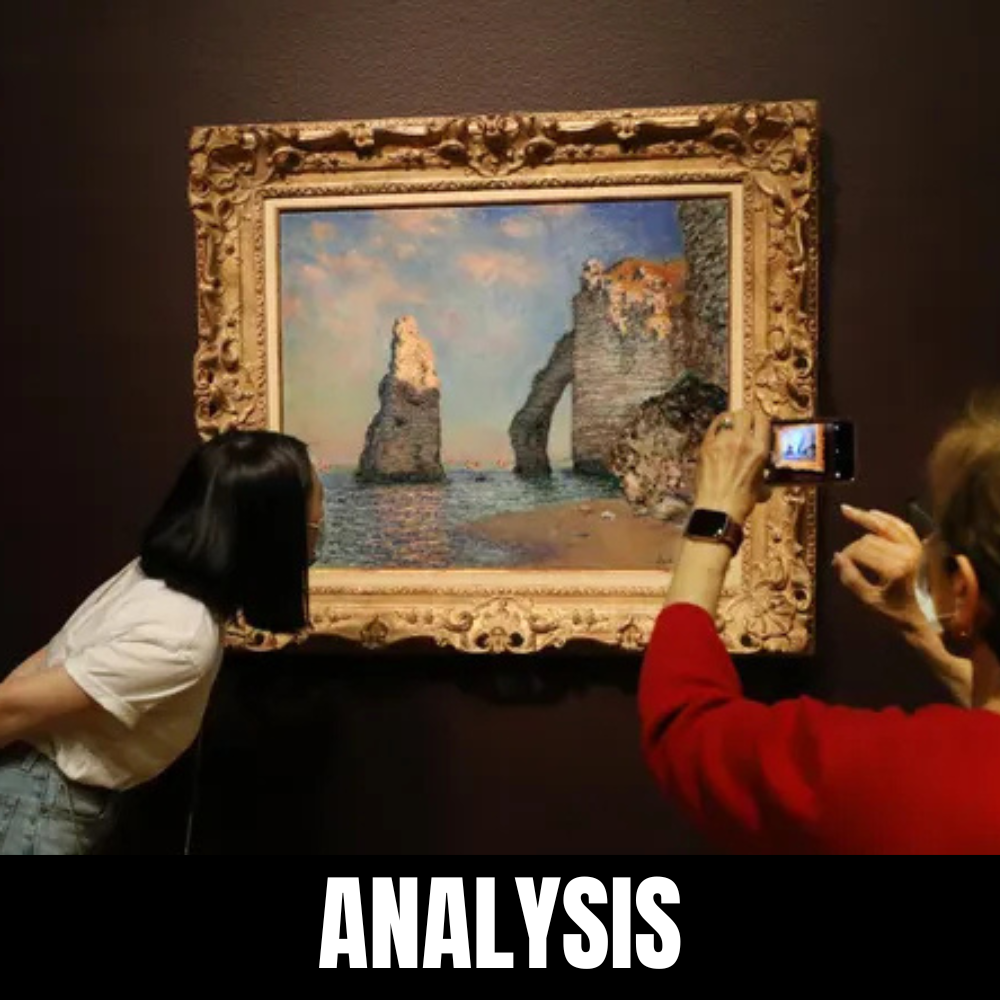
Leave a Reply